I think one of the greatest disappointments someone may have with my art is to learn I do not ‘make it up’. Certainly I use a tremendous amount of creative concepting, gestural sketching and imaginative design in the initial phases of nearly every image I create, but the real work of what I put into my art comes from the keen observations of life and nature around me.
I do not whip up a dragon out of thin air, rather its anatomy, textures, movement, color, and character are compiled from numerous living animals – bats, large predators, lizards, salamanders, insects, etc. Elements of these animals go into feeding my imagination the fuel it needs to cook up a creation like a dragon. And so this goes for architecture and landscapes as well.
Take a little walk with me and see how I interpret the data of the natural world. These voyages brings us through various landscapes, architectural masses, setting suns, natural caves, and optical abnormalities I find fascinating. The interplay of light, shape, and texture are key to my understanding the character of forms and how I can ‘sample’ that data to utilize in my art.


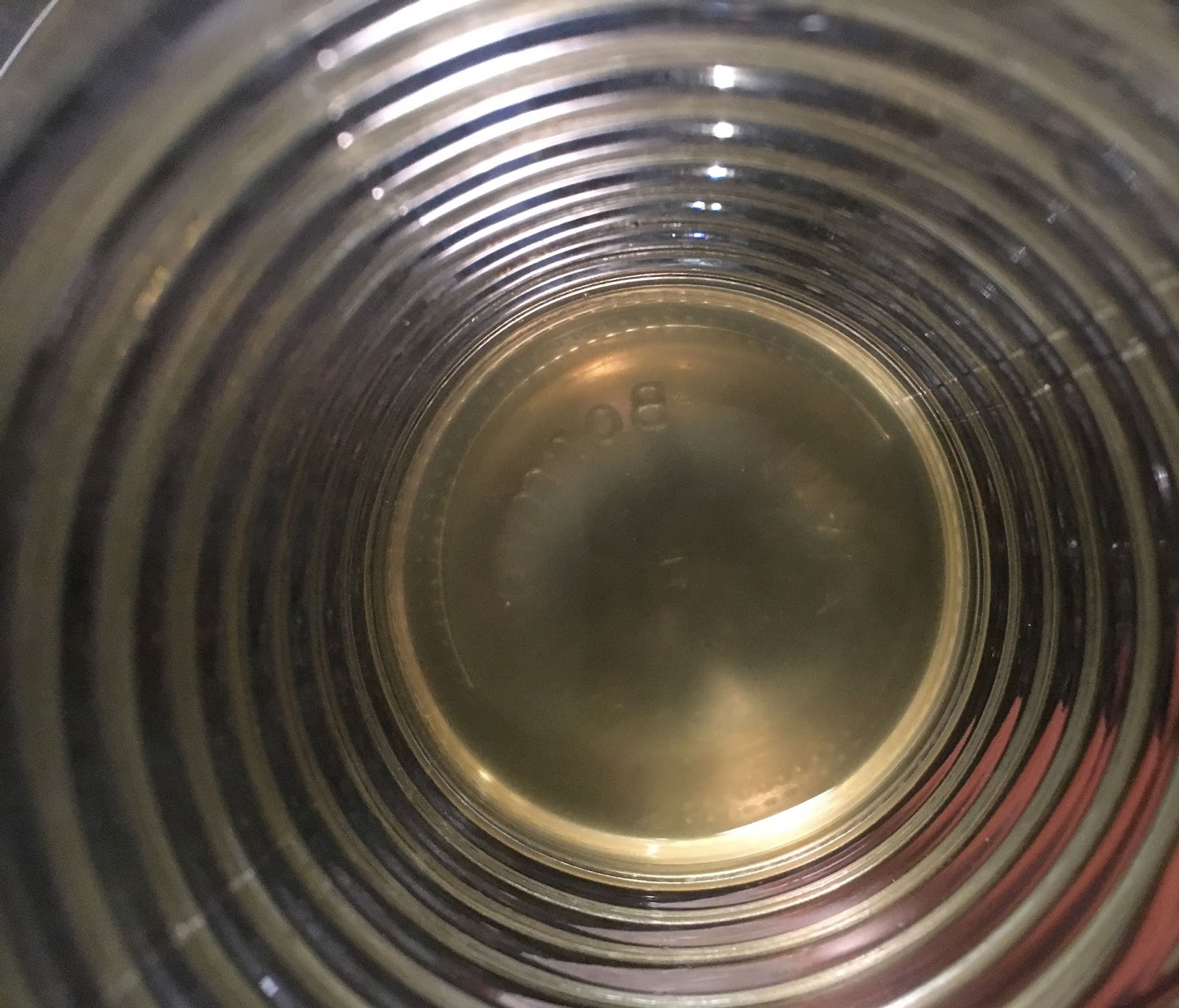
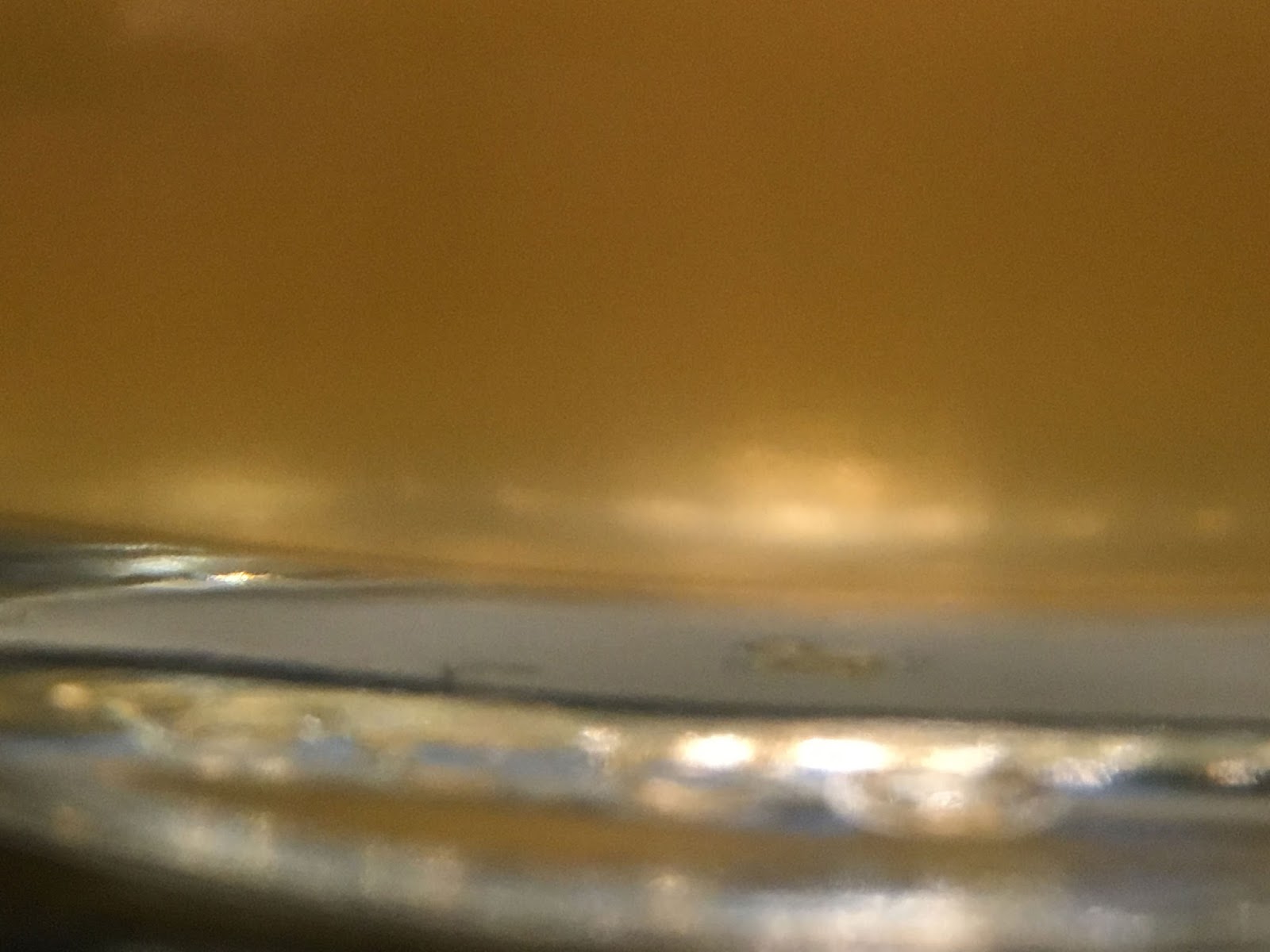
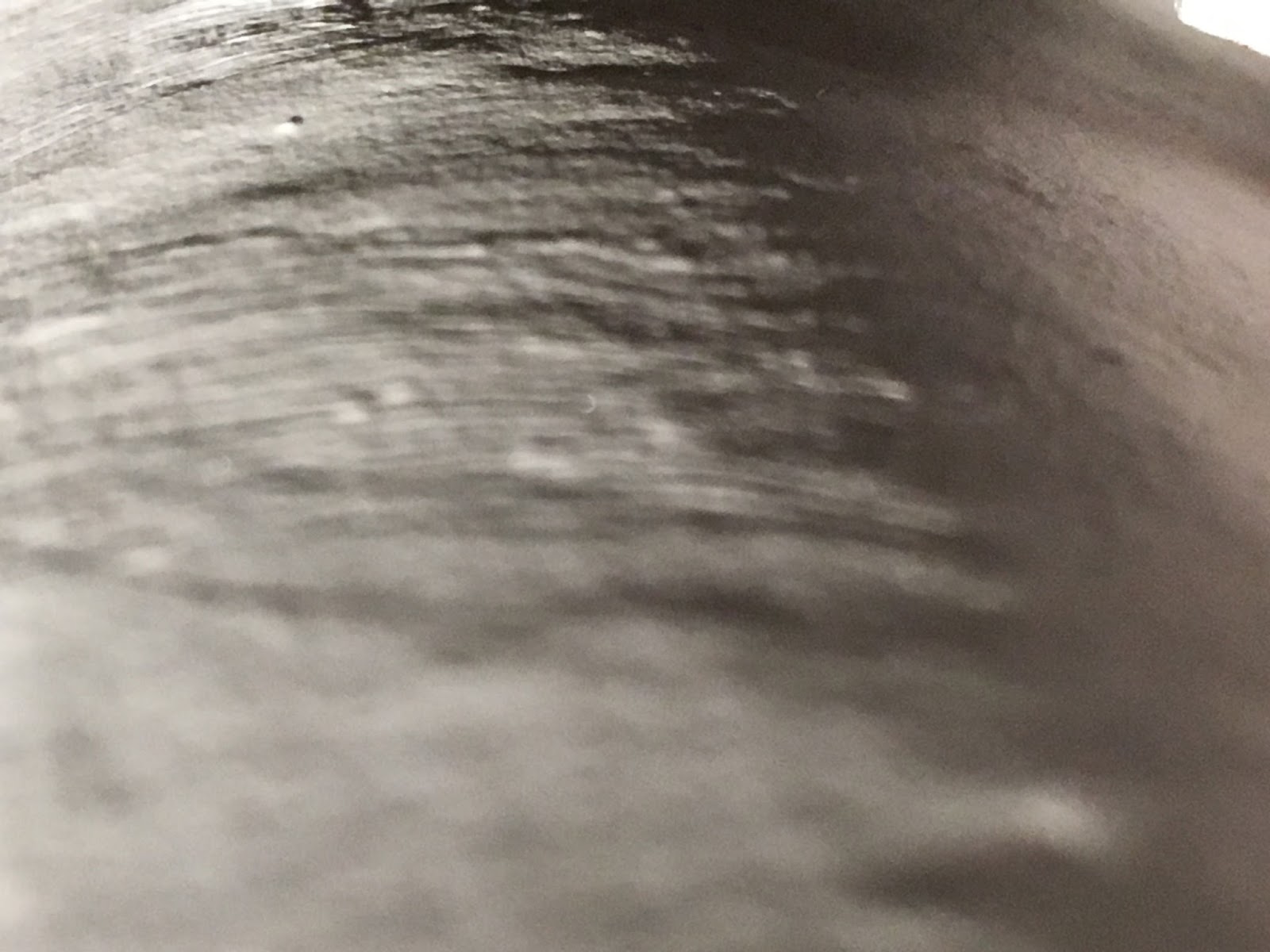
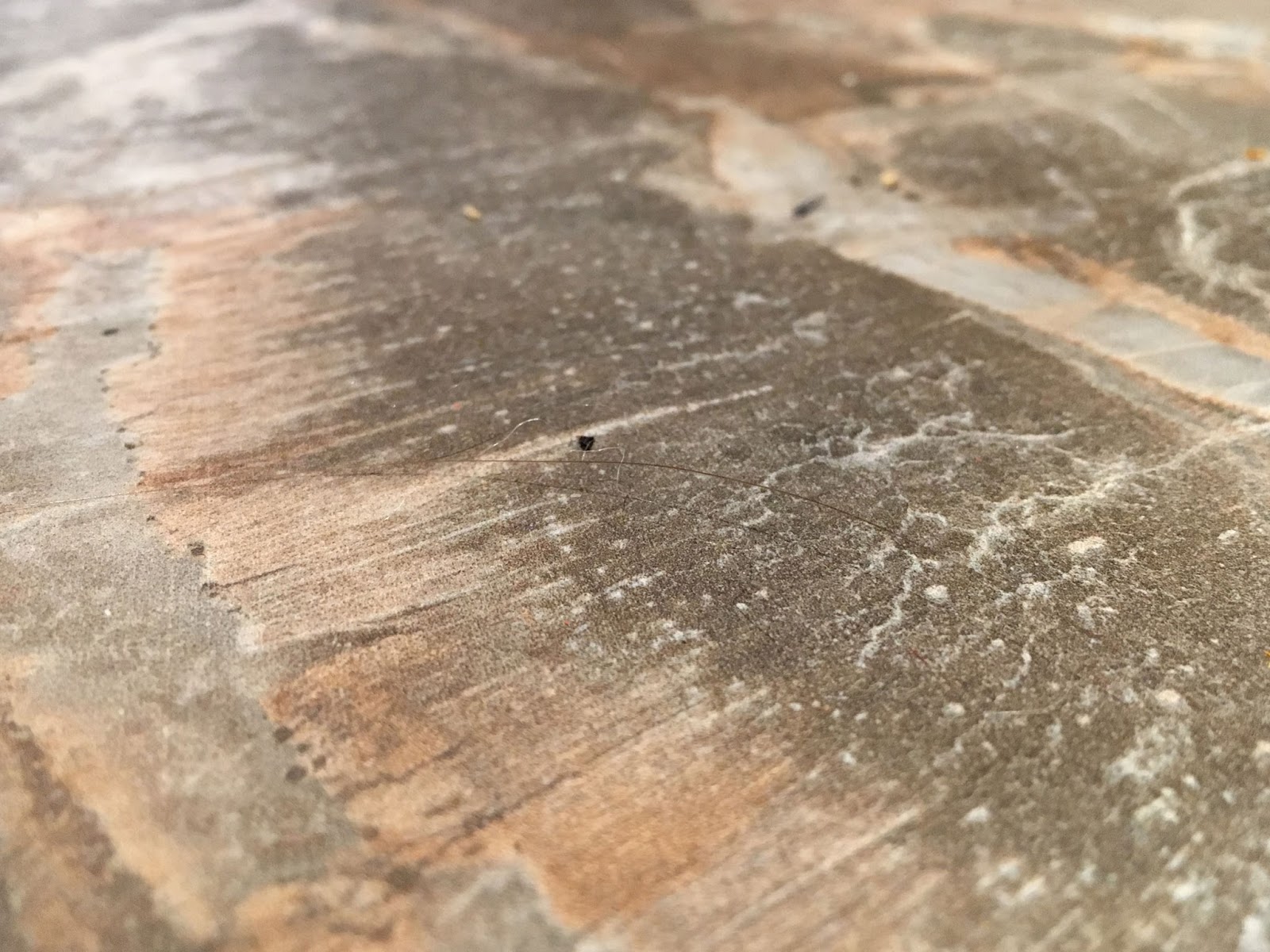
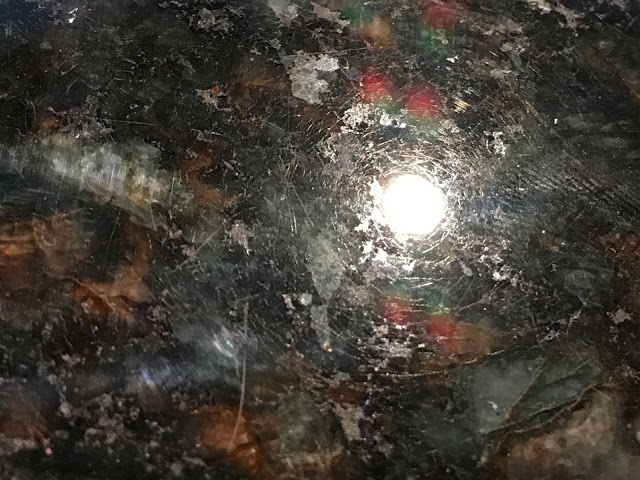
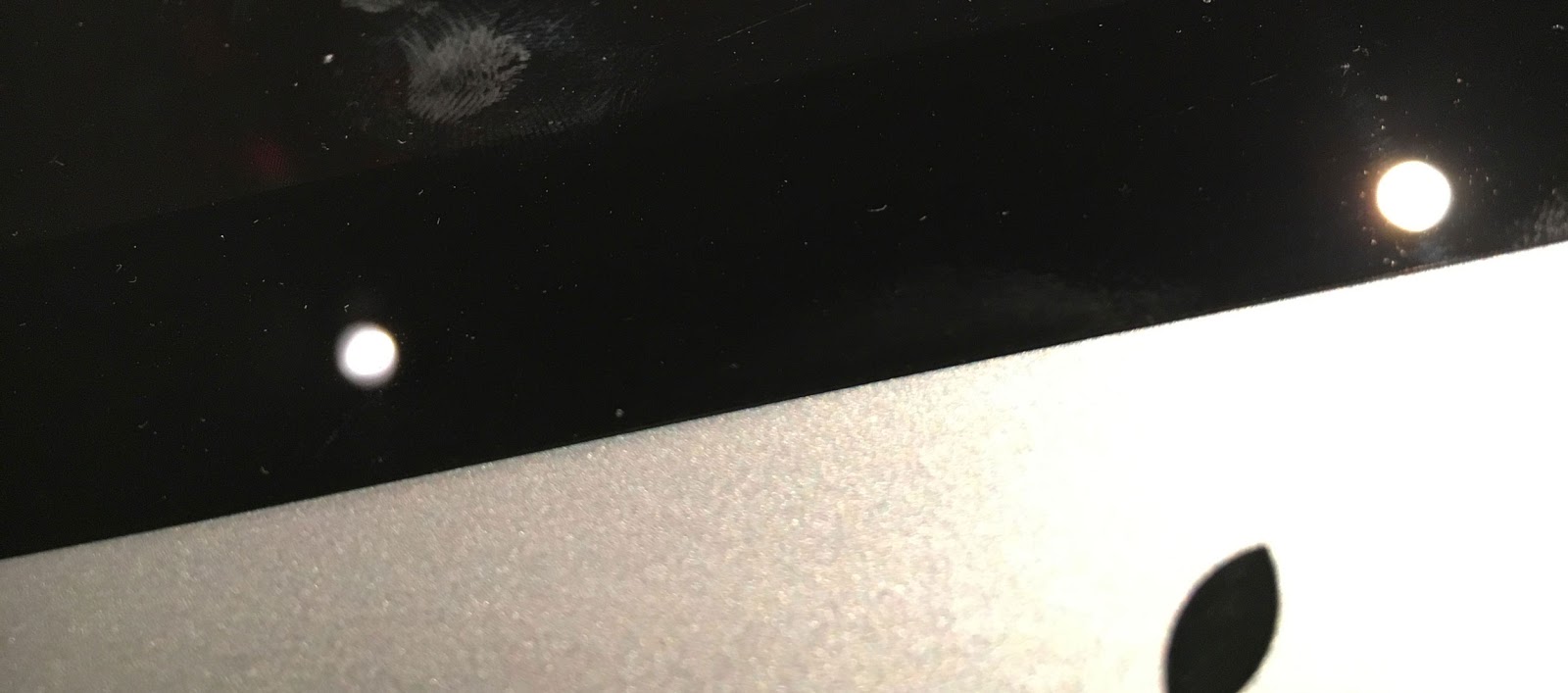
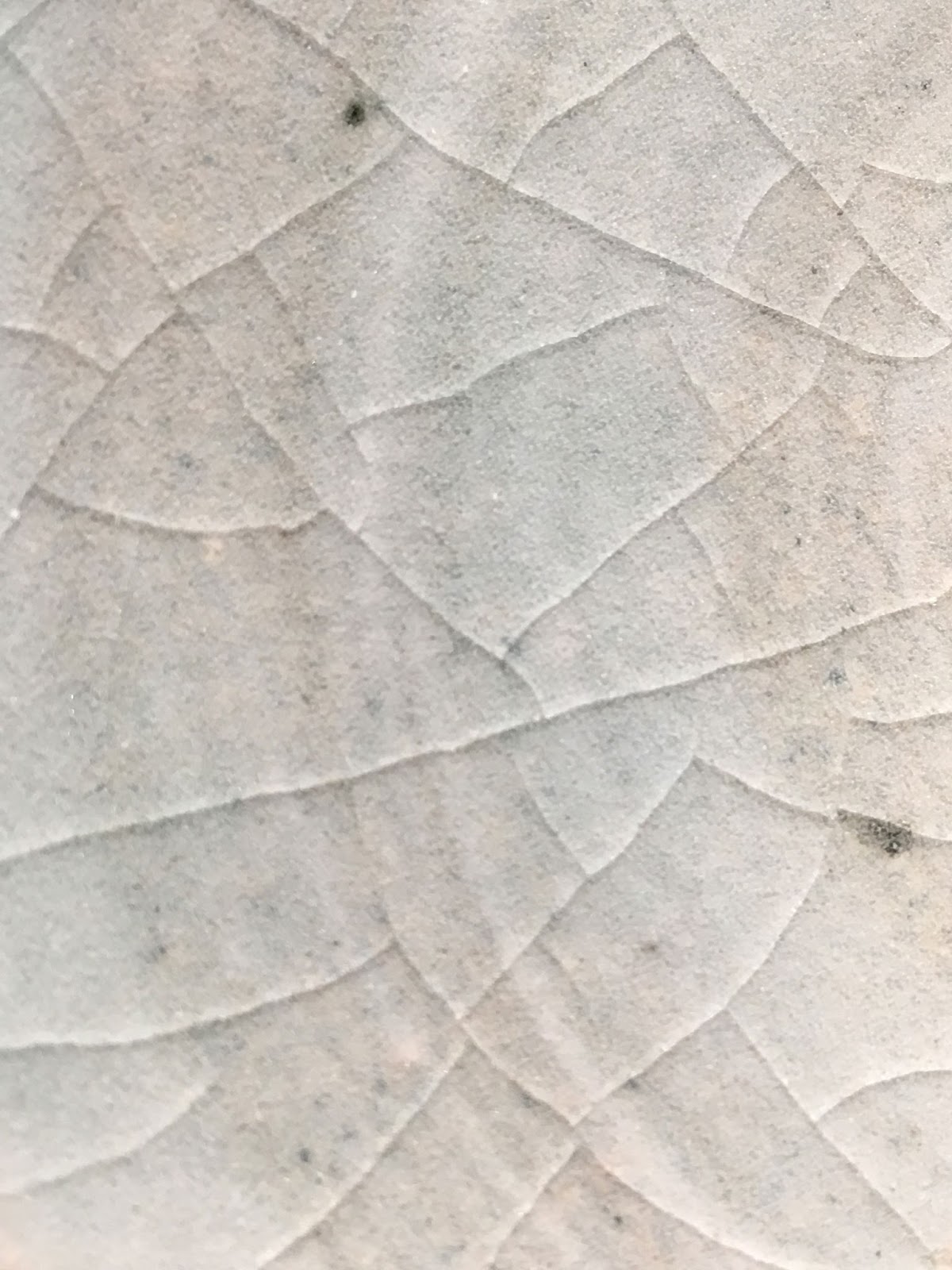


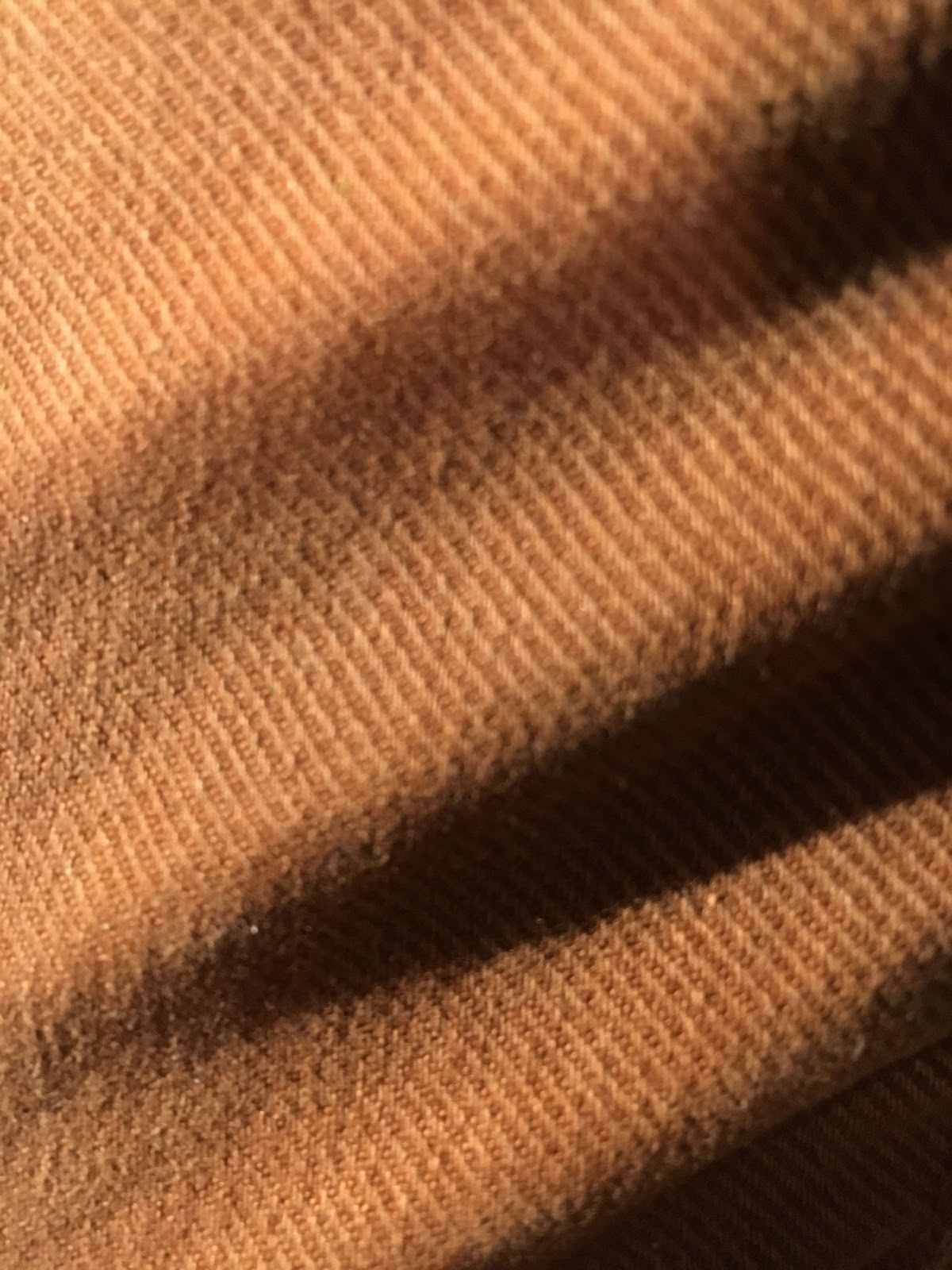
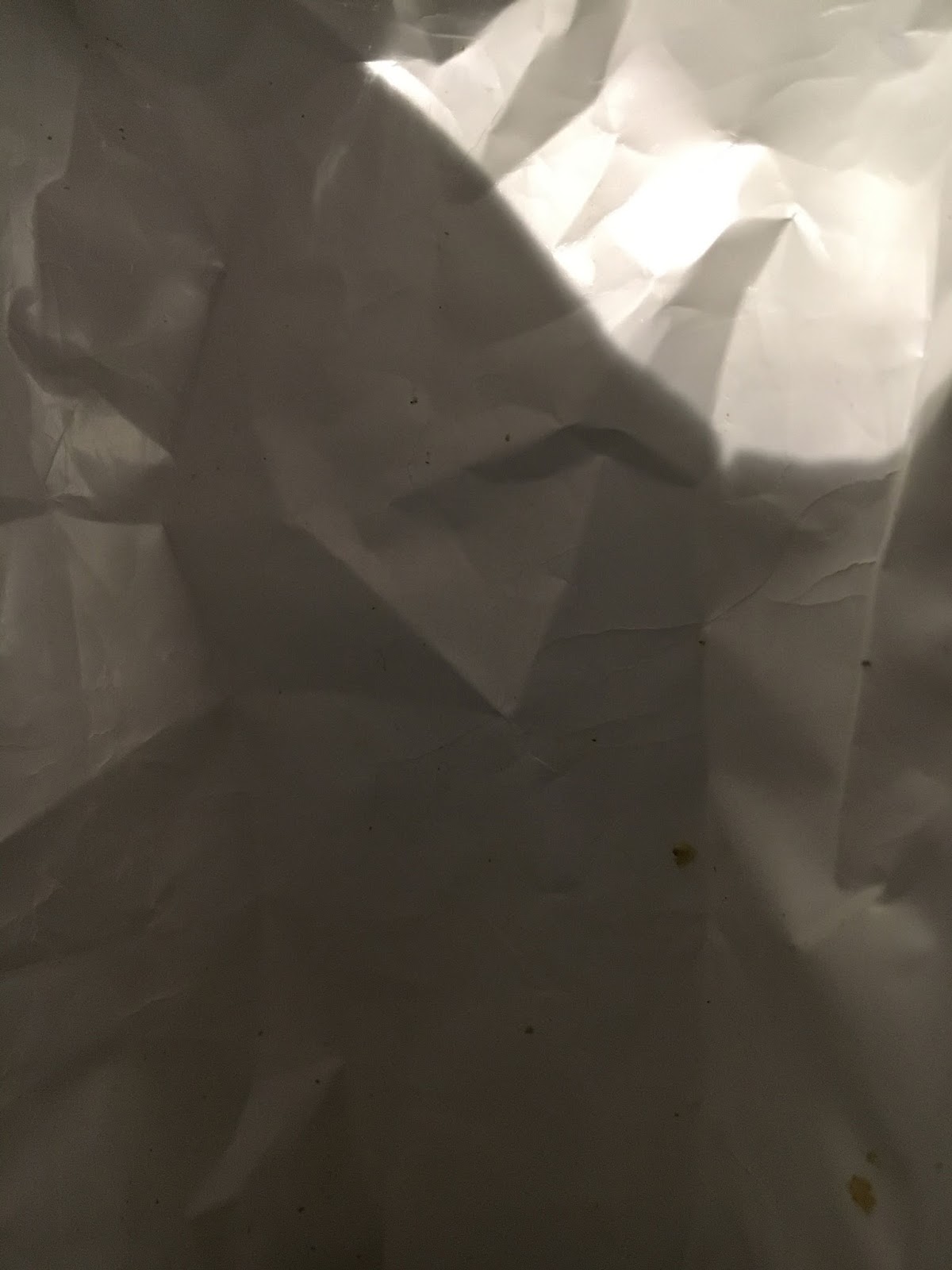
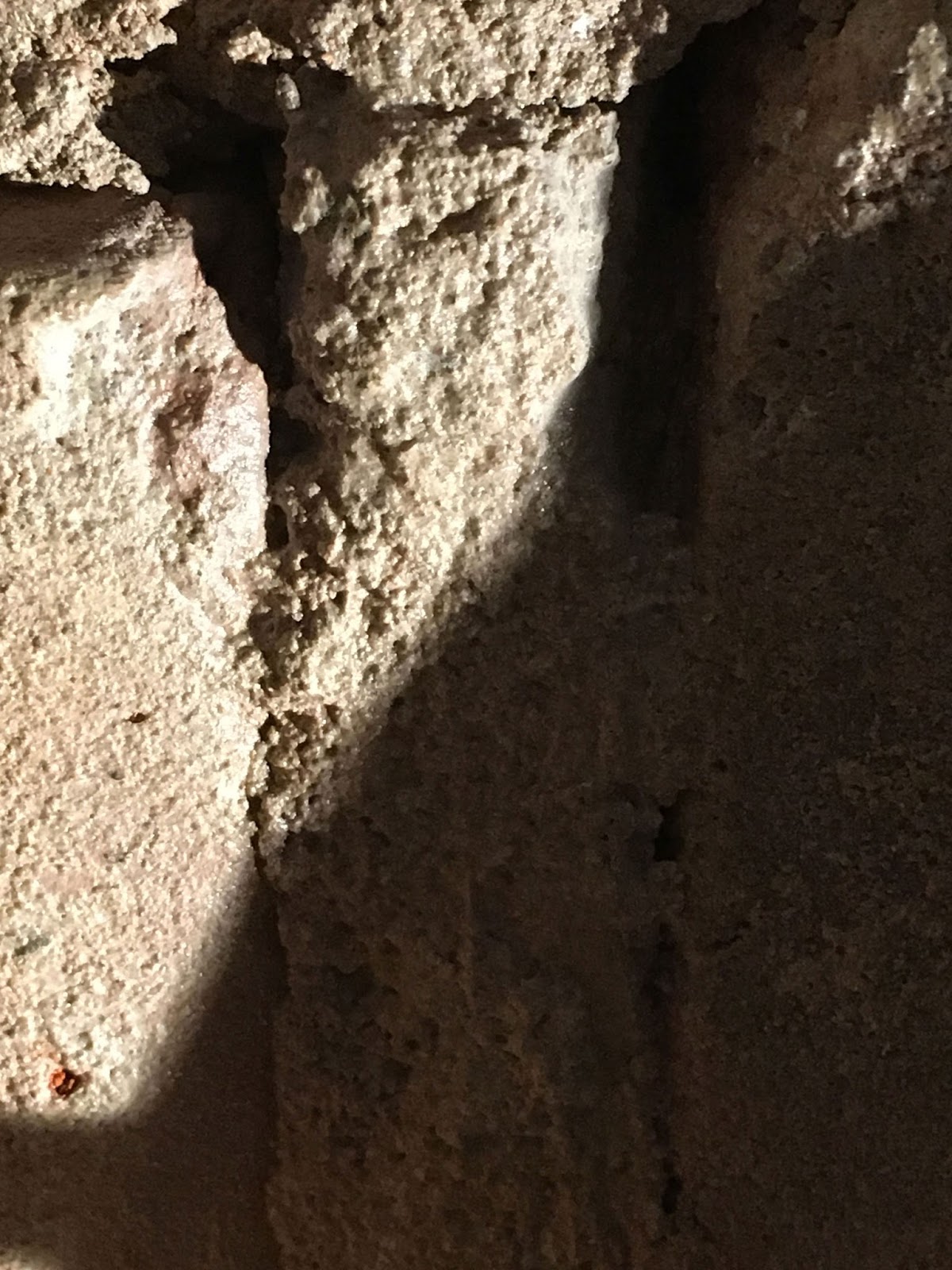
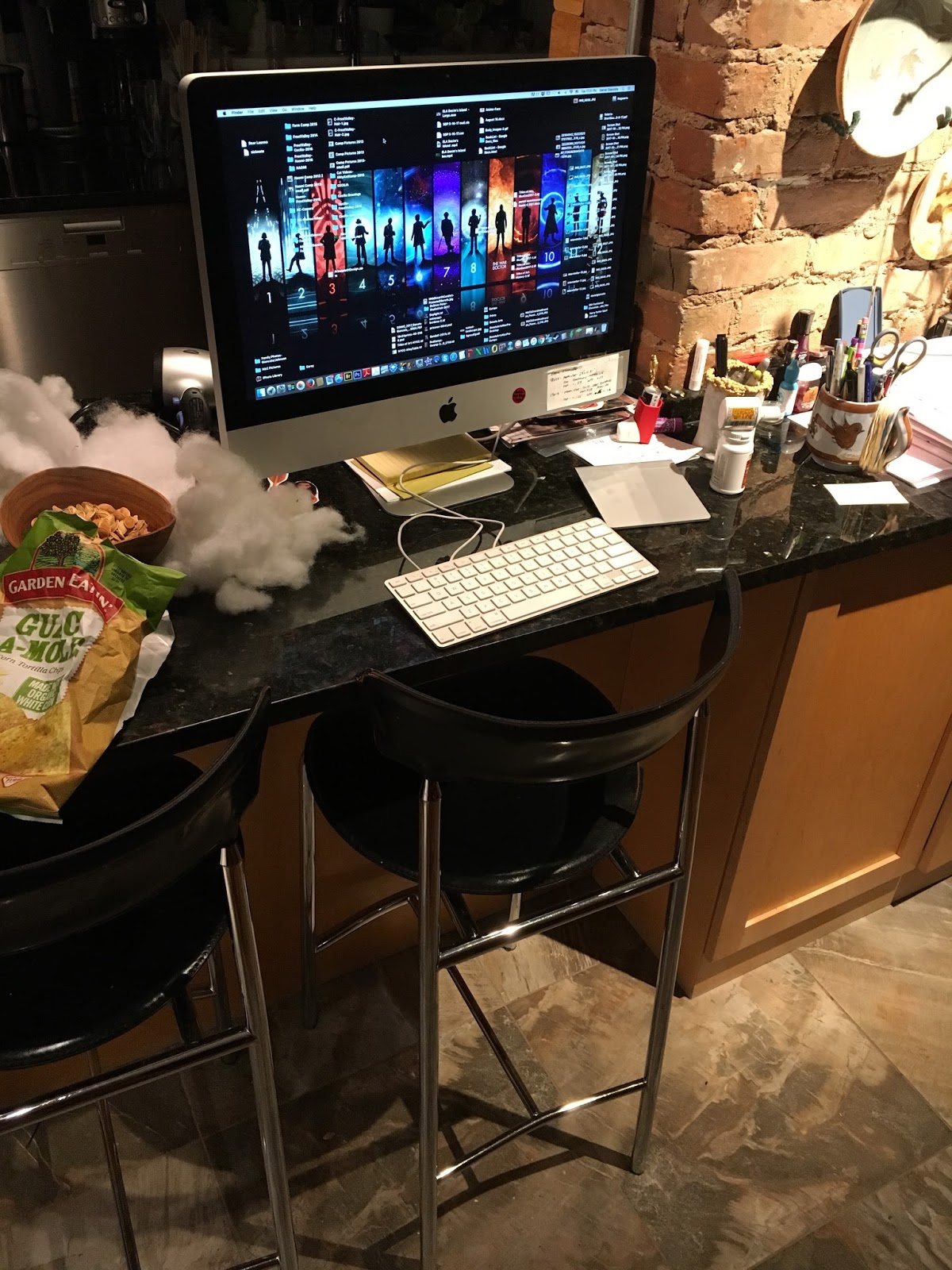
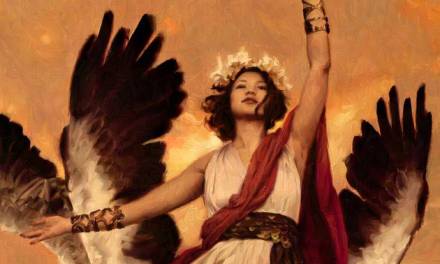

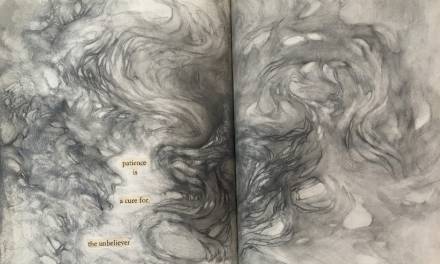


Your opening sentence reminded me of a conversation I had with a co-worker about my art. She asked me how I come up with my ideas for my paintings, and when I got to mentioning that I use photoshop to arrange my ref images around into a composition, she cocked her head to one side and asked me if I didn’t think that I was cheating. I had a pretty natured laugh at her comment and told her I would hardly ever get anything painted if I had to commit each element to memory. Anyways, great post. I’m gonna go explore my computer desk for hidden wonders, now.
Great post. Like you, Worst Ninja Ever, I have those discussions with people. But I learned a long time ago that when someone says “HOW DID YOU COME UP WITH THAT?” or “HOW DO YOU ART?!” … they don't REALLY want to know. They think they do but they usually want that romanticized answer that equates to “I just make it up”.
There are other artists, students and art appreciators who don't like to be bs and I'll be honest with them. But no one really asks a car mechanic how they built an engine and expects a real or comprehensible response.
Very true Michael, typically someone asking the question 'How do you do That?' is seeking to confirm what they already 'know' about artists. That we were born special and don't use rulers to draw straight lines. Anything less than that does not play into the Modernist Dogma of artists' being individually geniuses with gifts of a special sight.
Why else would you pay $1.5 million for an artists' work, if it really could be something another person could learn about and duplicate?! I have to constantly redirect my students to 'look' at references before they 'make it up', in order to truly see what it is they are looking at. and THEN decide what data to extrapolate from that 'seeing' to place into their art.
Thanks for the reminder that there is plenty of inspiration right at arms length at any given moment!
You make excellent points, both of you. I think from now on when I am asked, I will simply wink, wiggle my fingers, and say, “Magic!”
Whenever I see a group of kids, and there is that one kid who is slightly apart … crouching down, focused on some small detail of this world – she/he may not become an artist, but has the eyes of an artist.
When they were making Peter Jackson's version of King Kong they took samples of small rocks to make the miniature sets, saying that rocks have no scale. Think this applies to many elements, as 'patterns & phenomenon' are repeated throughout nature at varying scales.
Nice post, Donato! Thank you!